Show Us Your Space has featured various studios from around the world, some historic, some converted living spaces, and other beautiful spaces. All the music studios, large and small, serve the same purpose: to capture and give artists a fair and true representation of their sound. This installment features a project studio in New Orleans that was fashioned by a musician with a passion for unpretentious recording techniques and gear to record and assist other musicians on a tight budget in a tight space.
Last Hope Studio is a humble project studio located in New Orleans that serves as a rehearsal space for local band Notel Motel and as a recording space for various music projects ranging from sludge metal to '60s revivalist pop to acoustic singer-songwriters.
Keep reading to hear directly from Last Hope's Emile Louapre.
Have you assembled an awesome music space that you want to show off? From bedroom production rigs to historic concert halls, we're interested in seeing and sharing it. Contact us at [email protected].
Last Hope has been designed to be a stepping stone for artists who are preparing for their next step, whatever that may be. Like many musicians who start recording their own music for reference and as a learning tool, Last Hope is a product of many years of trial-and-error, updates, upgrades, and creative thinking about how to maximize a space for making the best possible recordings in a small room with economical gear.
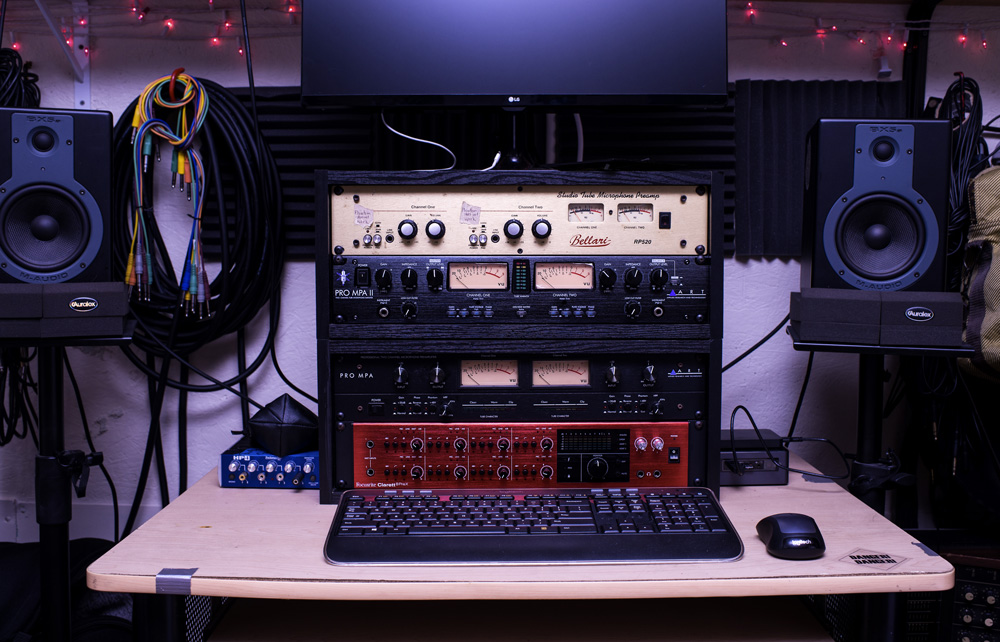
Honestly, the biggest jump in production value was upgrading the mic pres (Art Pro MPA and MPA II), the DAW (Pro Tools 2018), the interface (Focusrite Clarett 8PreX), microphones, and getting creative with the positions of the mics to not only maximize the drum sounds, but also keep us within the eight input limit we have. We have partnered with 14-time Grammy nominee (12-time loser) and New Orleans native Chris Finney to help with mixing, mastering, and overall improvements to the recordings we are making for clients and to advance our overall understanding of sound.
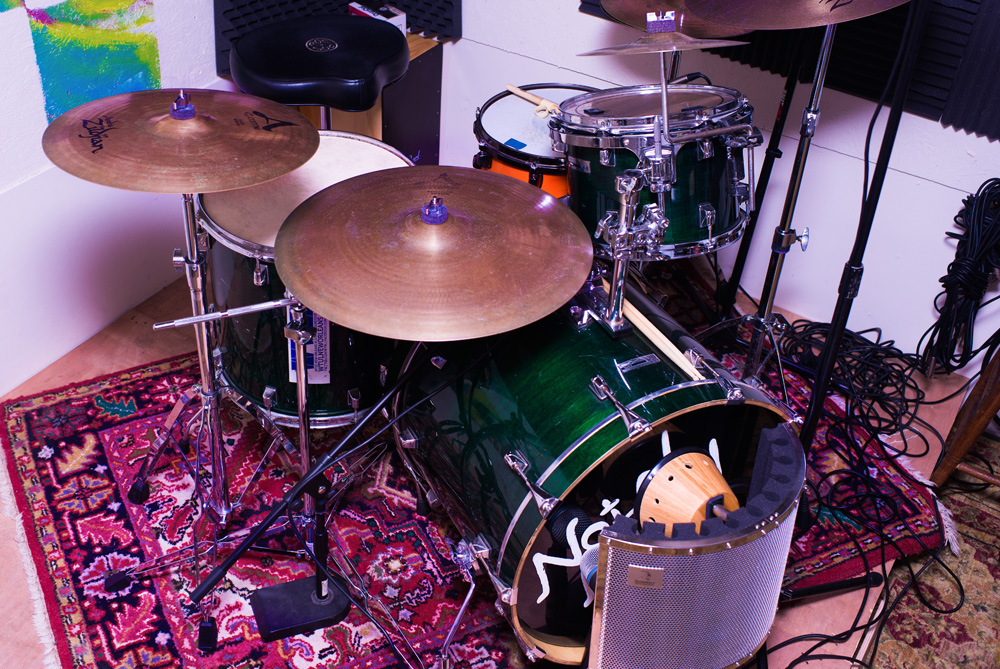
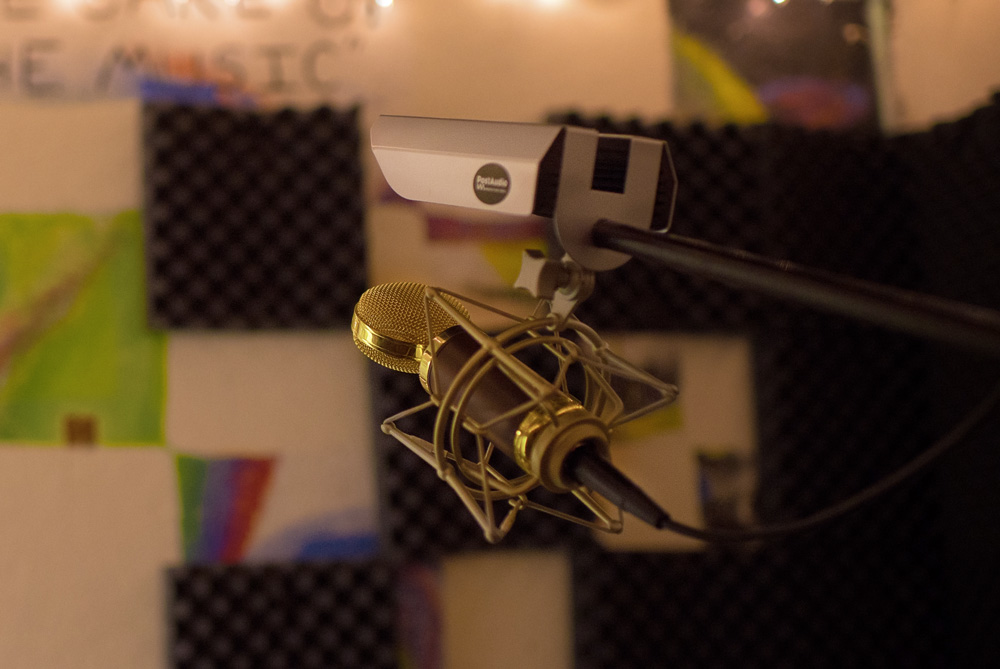
Clearly, recording in a small room can present a number of problems, especially with drums, so we designed a five-microphone setup to capture the highs, mids, and lows in a tight space. Mono overhead (Cascade Fat Head II with Lundahl LL2913 transformers), Snare (SM57), "Crotch mic" (SM57), Kick (Beta 52A with an Earthworks KP1 Kick Pad), and last but not least the Subkick by Dr Alien Smith Studio and Music Devices in Australia all add up to what we feel captures a dynamic and vibrant drum sound in this space.
The sound shields we use help reduce the bleed, and the moon gel helps dampen the drum resonance, and we are rather impressed with how efficiently they both work. This five-mic technique helps up have a balanced blend of highs, mids, and lows that gives a quality drum sound in a small space.
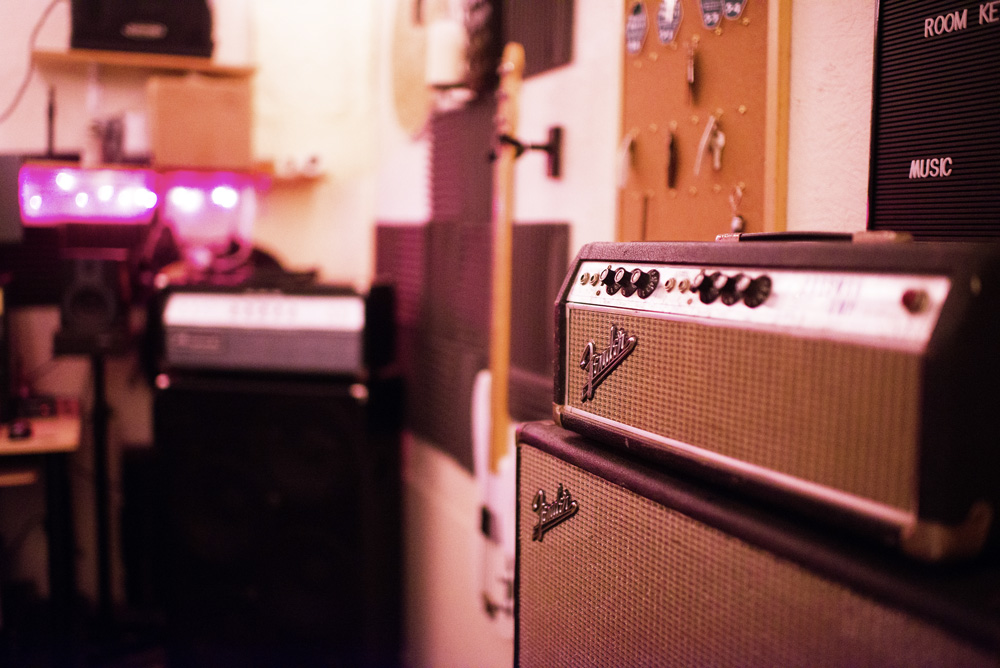
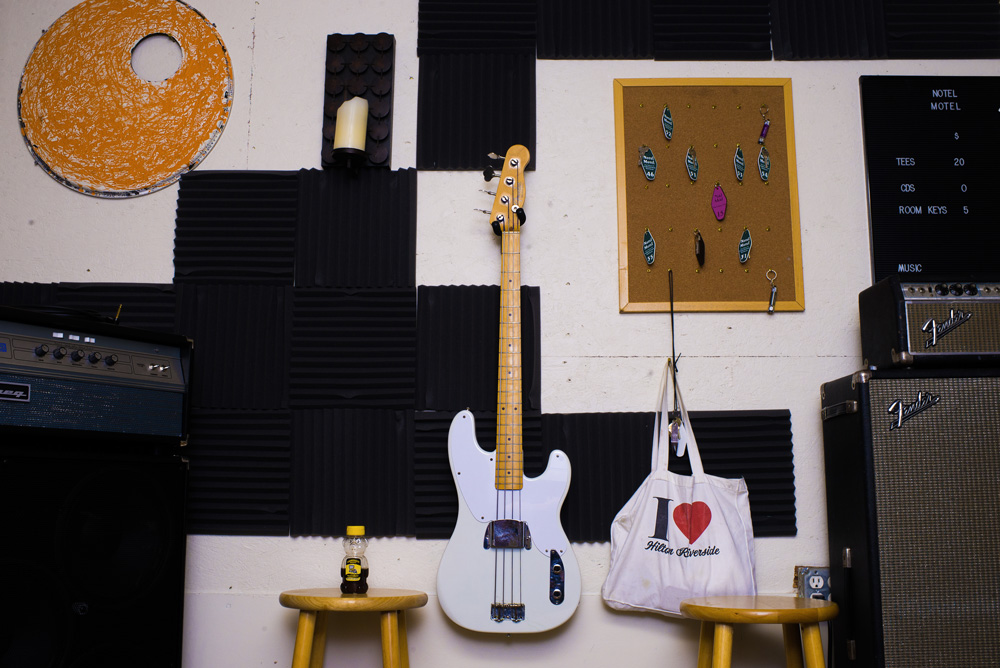
One of the prized possessions in the studio is the 1968 Fender Bassman amp and cabinet. While only a 50-watt amp, we don't really use it for bass—however, if you want a huge guitar sound, this is what we have to offer. It gives that huge guitar sound that big amps tend to do.
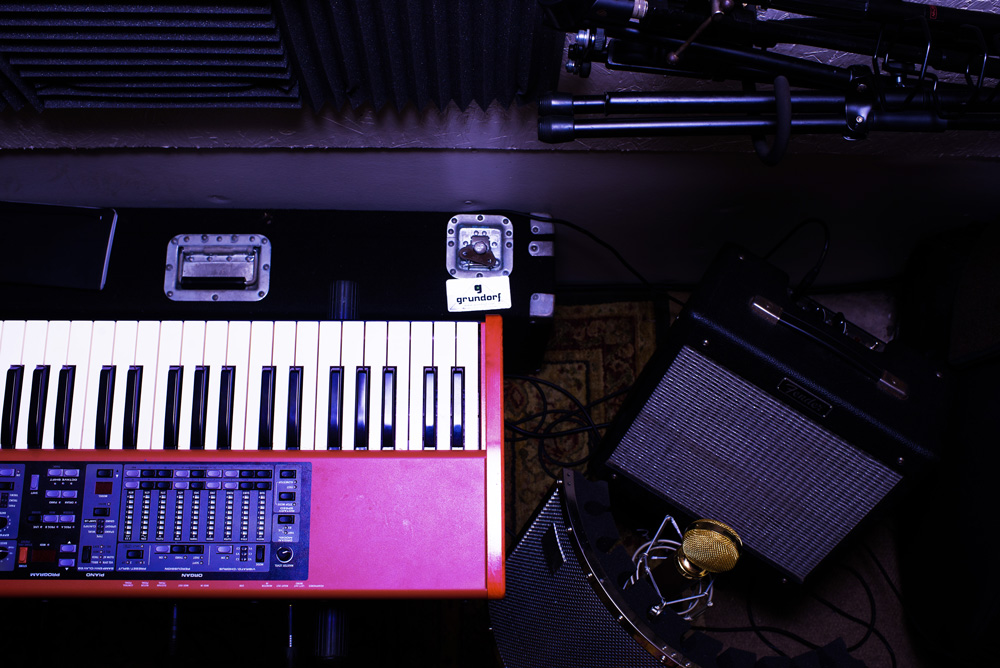
Last Hope, like all studios and musicians, continues to change and develop as time goes by. The value of a demo is often lost in the whirlwind of time, but really these demos help with the process of development and refinement. We are happy to be the ones aiding musicians in between the writing process and the final studio moment, but that doesn't mean the quality of our recordings are sub-par. I started with a Korg D-1200 as a college graduation gift, so it's nice to reflect on that fact, and see and hear the difference in the quality of recordings we are getting.
Where do you make music? Let us see at [email protected].
